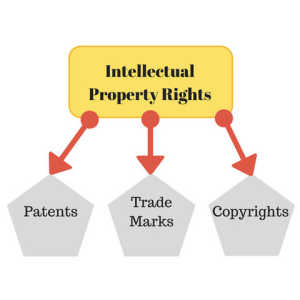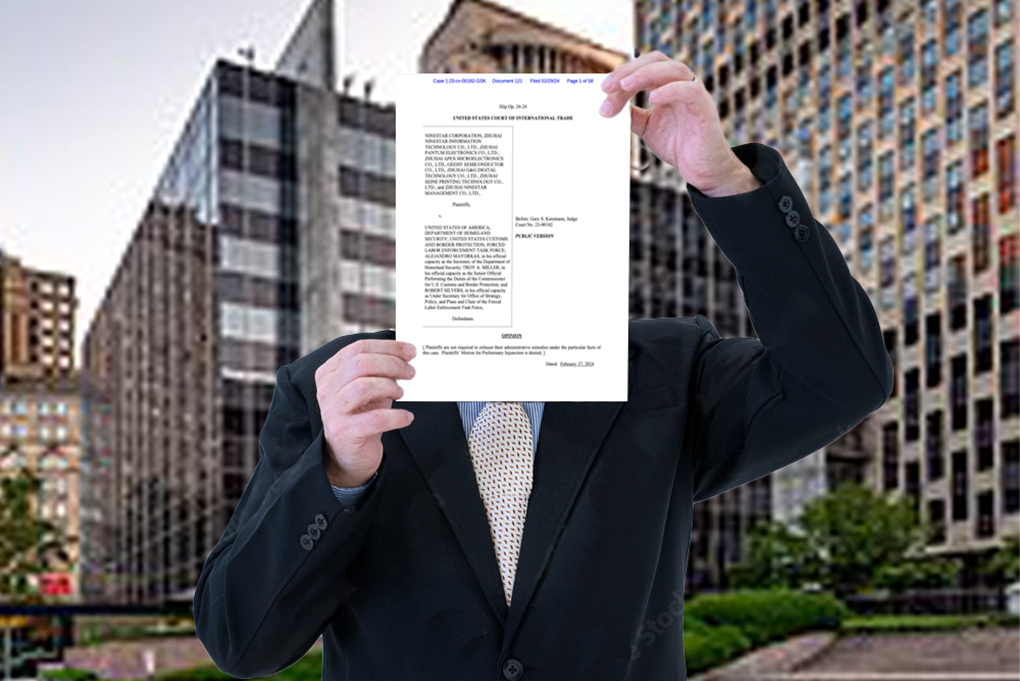Trade Secrets and How to Protect Them
Trade Secrets and How to Protect Them
 Another type of intellectual property, in addition to patents, trademarks, and copyrights, is trade secrets. Trade secret law varies from state to state, though several states, including California, have adopted a version of the Uniform Trade Secrets Act (the “UTSA”), where the term is further defined. See Cal. Civ. Code 3426.
Another type of intellectual property, in addition to patents, trademarks, and copyrights, is trade secrets. Trade secret law varies from state to state, though several states, including California, have adopted a version of the Uniform Trade Secrets Act (the “UTSA”), where the term is further defined. See Cal. Civ. Code 3426.
California’s version of the UTSA defines a trade secret as information, including a formula, program, device, compilation, technique, method or process, that derives either actual or potential independent economic value from being unknown, is not generally known and is subject to reasonable efforts to maintain its secrecy. Examples of trade secrets include formulas for food and beverages, designs, engineering notebooks, computer programs or software code, and business information such as lists of suppliers or customers.
Like copyrights and common law trademark rights, trade secrets are protected without any registration formalities, and thus may be protected for an unlimited period of time as long as the information remains secret. However, this protection is very limited since a trade secret holder is only protected from misappropriation, which is unauthorized disclosure and use. Once a trade secret holder fails to maintain secrecy or a third party independently discovers or reverse engineers the information, it becomes generally known, and all trade secret protection is lost. Even inadvertent disclosure of the information may result in loss of trade secret protection.
 In order to effectively protect trade secrets within a business or corporation, the company would be wise to coordinate with an experienced attorney to develop a procedure to ensure the secrecy of the information. The procedures often include employee confidentiality agreements, non-disclosure agreements, restricting the use and disposal of documents and taking measures to make it difficult for others to reverse engineer the information.
In order to effectively protect trade secrets within a business or corporation, the company would be wise to coordinate with an experienced attorney to develop a procedure to ensure the secrecy of the information. The procedures often include employee confidentiality agreements, non-disclosure agreements, restricting the use and disposal of documents and taking measures to make it difficult for others to reverse engineer the information.
Although the trade secret protection is limited, companies can take several types of action in court to protect trade secrets. Remedies include enjoining misappropriation, requiring payment of a royalty for the use of the trade secret, requiring the guilty party to maintain the secrecy, and an award of damages, reasonable attorney’s fees and court costs.













Leave a Comment
Want to join the discussion?Feel free to contribute!